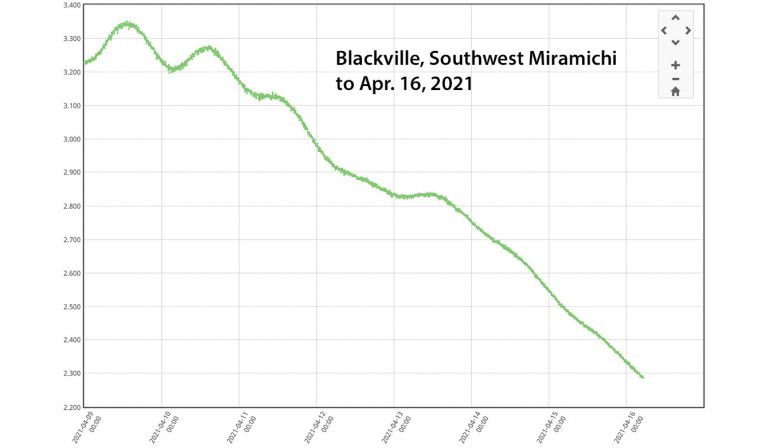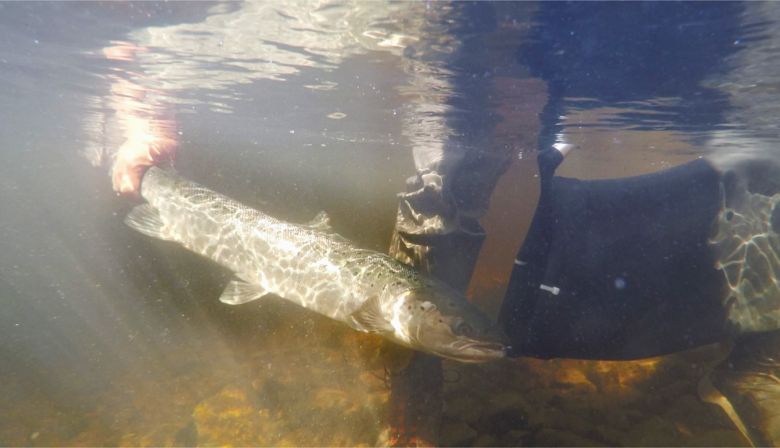please click here

Subscribe & stay up-to-date with ASF

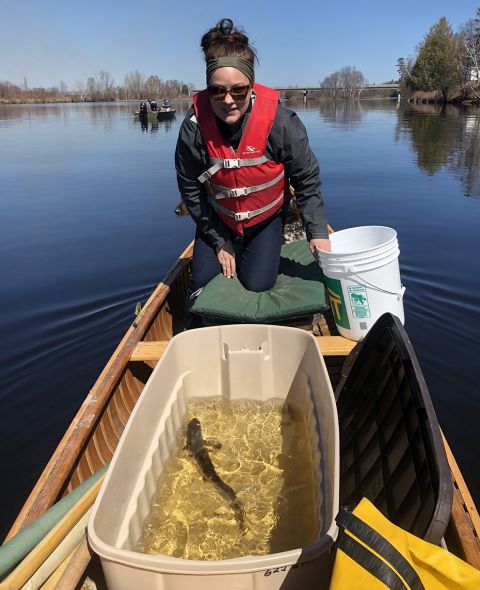
For those in Quebec, Ontario, and further west, getting into Atlantic Canada rivers is almost impossible. And in Quebec, with rising Covid-19 numbers, lockdowns are an increasing issue.
Internationally, there is still no resolution on Vaccination Passports in North America. Issues such as privacy, prevention of counterfeiting, and sharing data are all likely to slow things down. But international air travel needs some way to filter travellers, and both the industry and governments agree it is needed in some way.
In Europe, some countries are already using Covid-19 passports, and the European Union is looking at ways it might implement a wider, EU-wide system. It would appear that pressure to have an acceptable system will definitely increase, worldwide.
Iceland Requirements
Iceland has now said it will open up for those with vaccinations, but the requirements will make it difficult to visit those wonderful Icelandic rivers.
The Iceland Government will require of a vaccination certificate:
Within the last week the air travel situation has changed beyond recognition in Atlantic Canada.
Air Canada has had its arm twisted by the Federal Government as part of a bailout, with coming reinstatement of routes that include Fredericton, Saint John, Gander, Goose Bay and other airports that involve travel to and from Atlantic salmon rivers.
The greater excitement is the expansion of PAL Airlines to new airports, including Fredericton, Halifax and Ottawa. It makes easier transfers to salmon-rich destinations such as Deer Lake, NL for the Humber, St. Anthony’s for the rivers of the Northern Peninsula, and Goose Bay, for rivers like the Eagle and Hawk.
See the most recent outline of the schedules of PAL Airlines in the pdf below.
https://www.asf.ca/assets/files/PAL-Route-Launch-One-Pager-EN_FA.pdf
But it all still requires international agreement on what documents will be required, and Covid-19 tests required, to make the international travel possible.

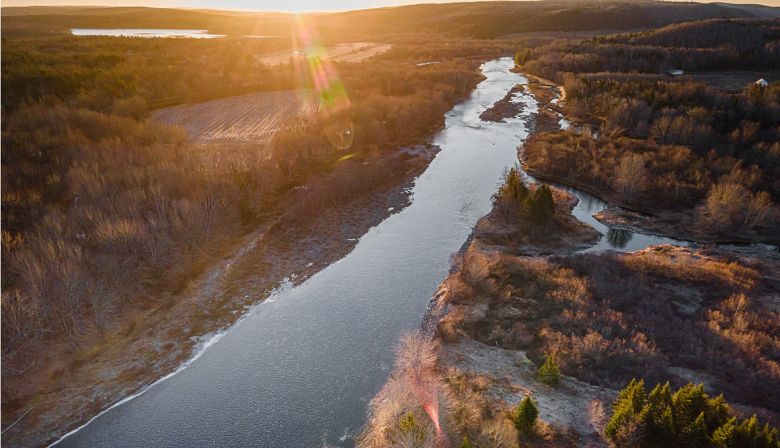
Tom Cheney of ASF accompanied videographer Tim Myers to the St. Mary’s River last weekend. Volunteers there were assisting with ocean tracking efforts by angling for kelt.
Then acoustic tags were surgically implanted. They allow scientists to track the movements of adult salmon at sea, providing data that is key to the survival of the species.
Cheney notes:
We documented the entire process—from capturing, to tagging, then releasing the fish—for upcoming presentations and an Atlantic Salmon Journal story that highlight the importance of angler stewardship.
I was really impressed with how smooth the operation went. The volunteers from the St. Mary’s River Association are so dedicated to helping protect this resource. They’re incredibly careful in the handling and transport of these kelts.
And the scientists tasked with implanting the acoustic transmitters? I’d let them perform surgery on me.
Everyone involved with the project was overwhelmed by the sheer number of salmon in the river, and their impeccable health. These fish are reconditioning beautifully after their winter in the river. It’s a sign of a healthy ecosystem.
Locals are asking if it may be time to reopen a recreational salmon fishery on the St. Mary’s River. In that endeavour, a scientifically validated population study will be a crucial first step.
https://vimeo.com/537351713
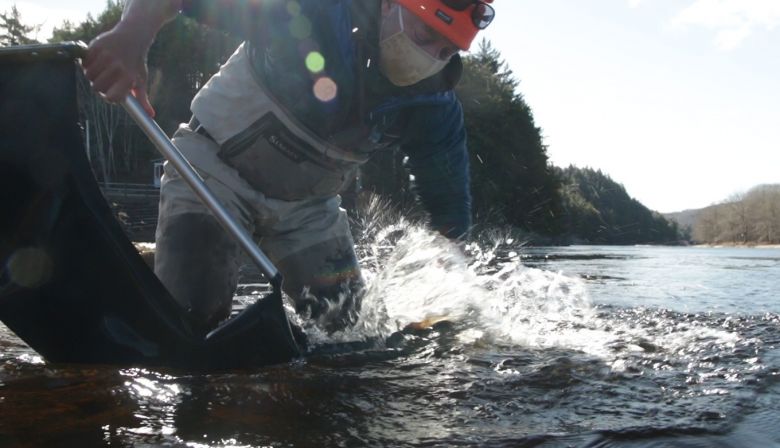
The NSSA recently announced the winners of their annual awards and scholarship. The Margaree Salmon Association was given the Affiliate of the Year award for their leadership especially around SARA. Kathryn Smith, a Master’s Student at Dal working on temperature monitoring projects, was the recipient of the NSSA Scholarship Award, and Gerry Doucet from Antigonish was awarded the Dave Symonds award for his dedication and volunteerism.
You can learn more about the winners here
Sign up to be a member at https://nssalmon.ca and get regular updates from the NSSA.
Let the Fishing Begin
The fishing season opened on Apr. 1 in Nova Scotia and on Apr. 15 in Prince Edward Island.
While fishing is now open, neither province has a Kelt or Black Salmon fishery, except for scientific purposes, so care should be taken early in the season to avoid accidentaly hooking one.
Atlantic salmon fishing season should open in June on the Margaree. You can check out water on the Margaree with the live stream of the river from the Margaree Fish Hatchery.
To find out more about regulations and to purchase your licence please visit the province’s angling website.
NS: https://beta.novascotia.ca/programs-and-services/sportfishing-licensing
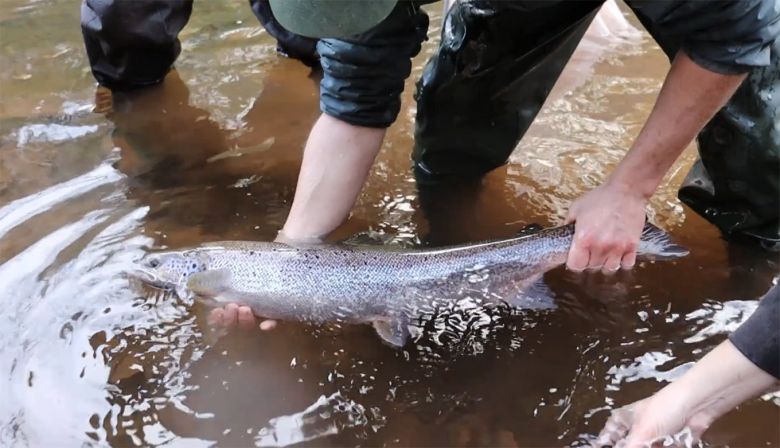
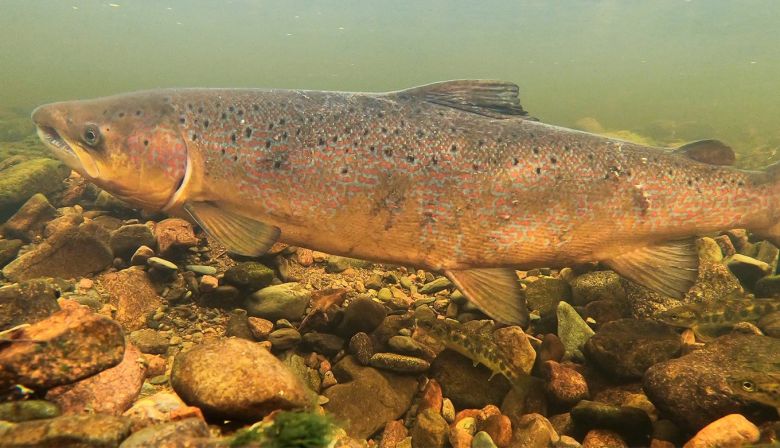
Over the past few months the Fish and Fish Habitat Protection Program with DFO have been asking for engagement to refine several policies and practices that were introduced with these provisions.
Currently up for discussion are a new engagement framework, Cumulative Effects, Habitat Offsetting and Banking, Prescribed Waters and Works Regulations, Codes of Practice, and an updated Fisheries Act Registry.
Last week regional meetings and engagements began. Anyone is able to participate and help shape the direction of how the new Fisheries Act is managed and enforced.
To learn more about how to get involved and to provide your input visit talkfishhabitat.ca .
There is an Apr. 30 closing date for input.
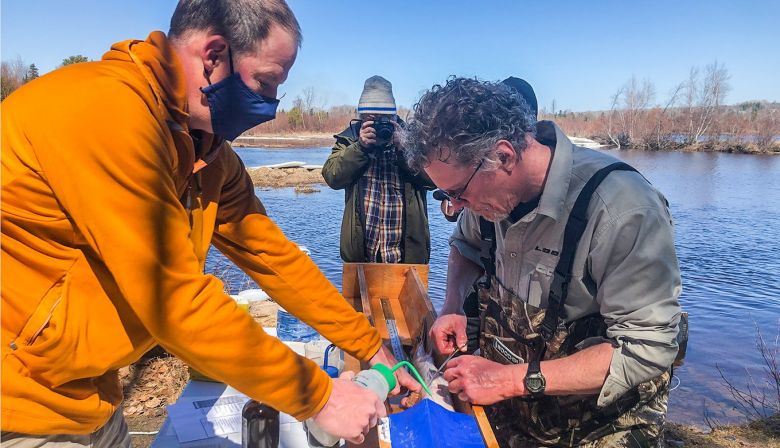
ASF’s Nathan Wilbur and others, including personnel from partners Anquotum Resource Management and Miramichi Salmon Association, as well as some hearty volunteers, were capturing and tagging kelts on fishing season’s opening day on the NW miramichi April 15.
Fishing was excellent and the team tagged 26 kelts. Asf thanks its dedicated volunteers for helping out. Five had both satellite pop-off tags attached and acoustic transmitters surgically implanted. The other 21 kelts had only acoustic transmitters implanted. These large salmon will continue their migration to sea to swim off towards far ocean feeding grounds.
The river was full of life with smelts, eagles, and salmon.
Below is the water level graph for recent days at Blackville, on the Southwest Miramichi.
